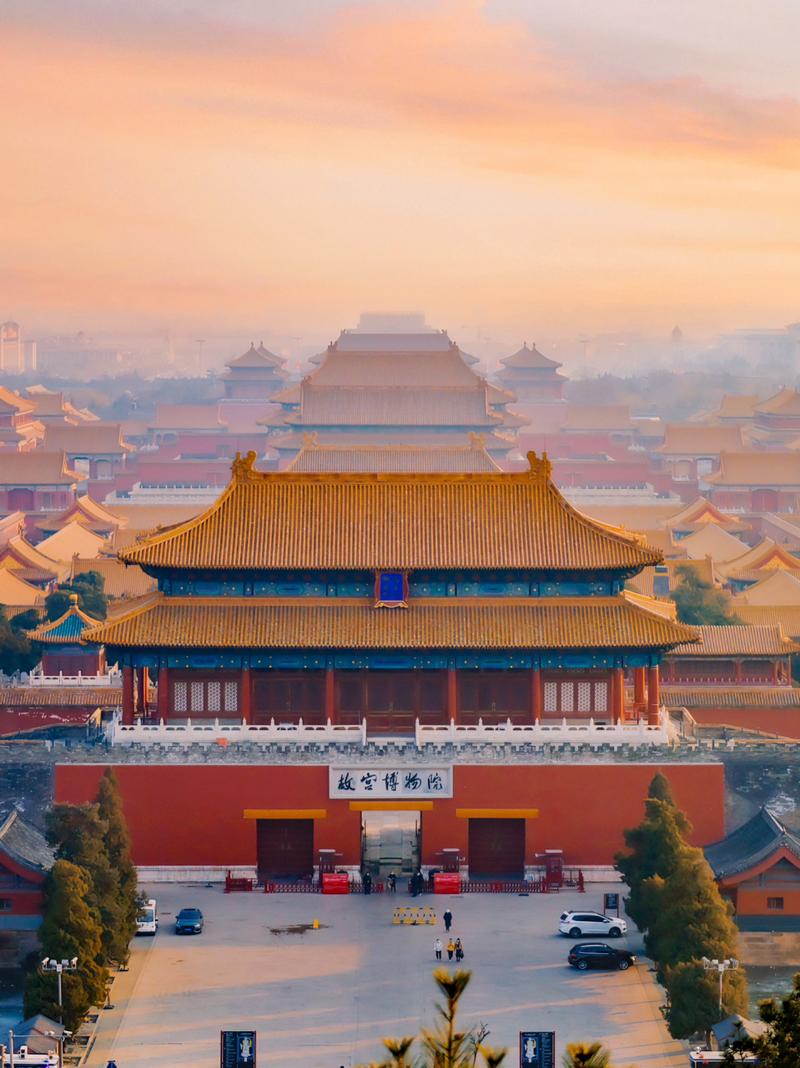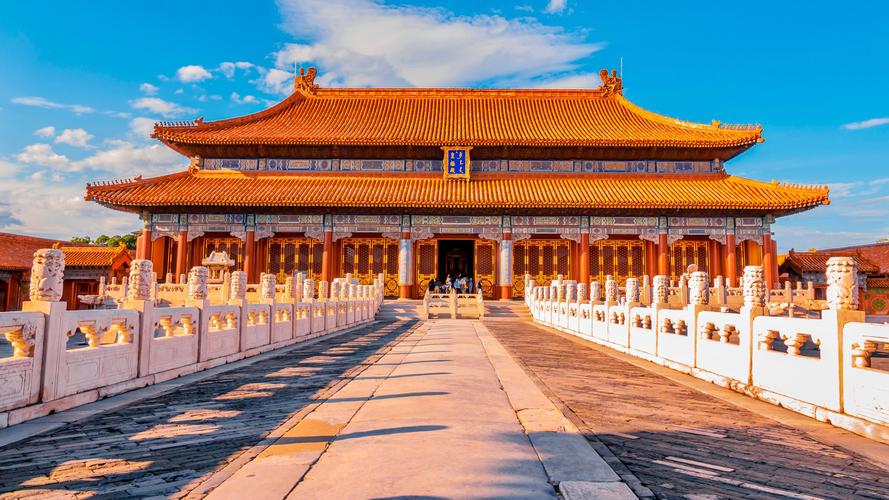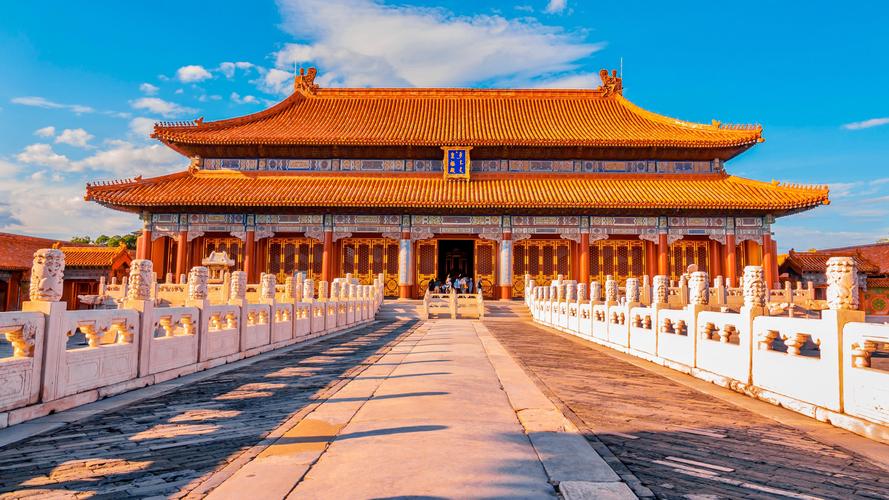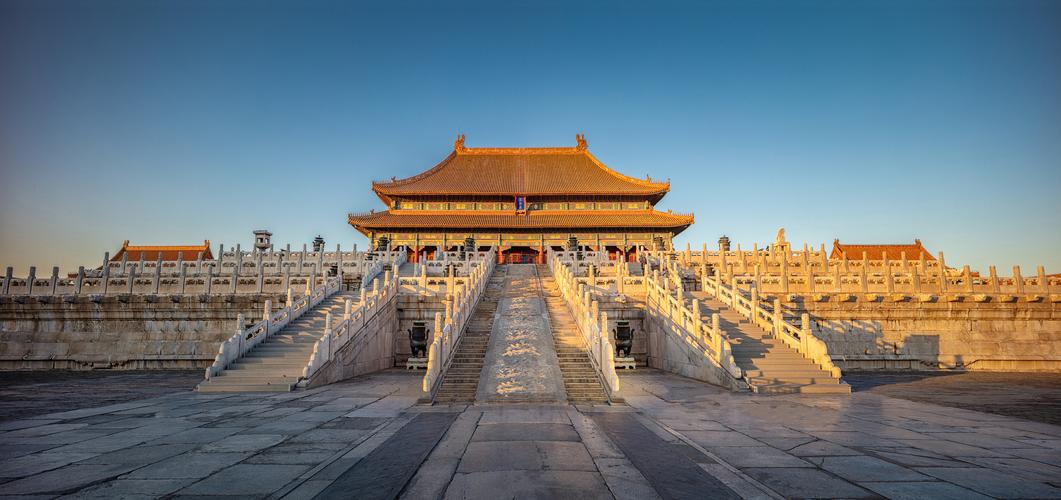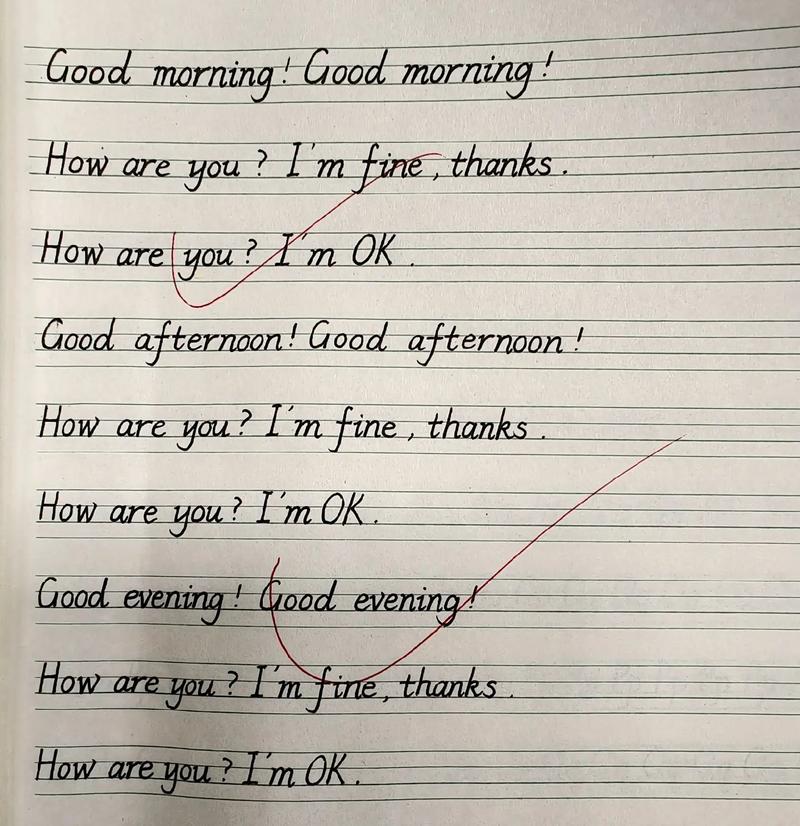
北京故宫英文导游词(精选3篇)
北京故宫英文导游词 篇1
Hello everyone! I am this tour guide, you can call me Xiao Wang. For a moment, we will go to the famous, and is known as the world's top five of the first temple of the the Imperial Palace in Beijing.
Attention, everyone, if you do not want to let the garbage around the Imperial Palace, then don't litter. Children with children also have to take care of their children.
First of all, I would like to give you a brief introduction of its history: the the Imperial Palace in Beijing, also known as the Forbidden City. Today, people call it the Imperial Palace, which means the Imperial Palace in the past, and it is the largest and most complete ancient architecture in the world. The area of the Imperial Palace is about 723600 square meters. It is said that there are 9999 rooms in the Imperial Palace. The Imperial Palace palace building is uniform wooden structure, yellow glazed and green Whitehead base and beautiful decoration painting.
Come and see the temple. It is 27 meters high and is paved on the ground with brick. The four corners of the roof are shining yellow glazed tiles on the roof, which is solemn and sacred. Is the central and temple placed all the supplies for the buddha. But no one knows, this is only a place where the emperor stopped at the temple of Taihe.
Imperial Garden is also beautiful. There are not only green and high pine and cypress in the garden, but also a lot of precious flowers and trees. A famous building with 20 superfluous places. The and named Chunting million century Pavilion Pavilion, the pavilion can be said today to save the most magnificent Pavilion.
Today, though we can't visit more beautiful scenery of the Imperial Palace because of the time relationship, we believe you have seen a lot, learned a lot and enjoyed this tour. I wish you a pleasant journey home! Good health! Next time to visit Beijing, please remember to contact Xiao Wang, and then spend a pleasant time with you.
北京故宫英文导游词 篇2
Hello, all of you, welcome to the the Imperial Palace in Beijing. I'll give you a brief introduction to the scenic spots here today.
Please follow my footsteps. We are in front of the famous the Imperial Palace Museum. Well, stepped into the gate, a temple - temple we came to the Imperial Palace to the three largest Ting hall, folk known as "jinluandian". It was built in Ming Yongle for eighteen years, in 1420, and in the thirty-four years of the Qing Dynasty, Kangxi was rebuilt in 1695. How much is the height of the Taihe temple and how much area is it? Yes, it's about 35 meters tall, with an area of 2377 square meters, almost 55 classrooms, and 72 columns supporting all the weight. It's the tallest building in the the Imperial Palace. You see! Which was decorated with beautiful decoration, the middle of a throne, the throne is arranged between 6 Panlong Kim, to highlight the status of the emperor overweening. The Jiulong throne is made of gold from the nanmu Carving Dragon, and it is fine.
Everyone goes right together, and the front comes to the hall of neutralization. The plane and Temple Square, yellow glazed four cuanjian Ding, can be sent! Do you know that? When the emperor is here, marking the play book offering pro.
All of us go along with me, the most prominent in this space is the stone carving of Yunlong. This is the largest stone carving in the the Imperial Palace. The stone length is 16. 57 meters, 3 wide. 07 meters, 1 thick. 7 meters, weighing up to more than 200 tons! You can take a closer look at a look around the stone, engraved with lotus pattern, the lower water Jiang Ya, intermediate carved with nine dragons and foil Cloud State dragon, Yunlong true to life, fine carving.
This is the end of today's explanation, and you can visit it by yourself. I want to remind you: notice that anything can never be touched by hand in order to protect the rare relics. We'll gather here in 20 minutes. Bye! I wish you all a good time.
北京故宫英文导游词 篇3
Ladies and Gentlemen:
I am pleased to serve as your guide today.
This is the palace museum; also know as the Purple Forbidden City. It is the largest and most well reserved imperial residence in China today. Under Ming Emperor Yongle, construction began in 1406. It took 14years to build the Forbidden City. The first ruler who actually lived here was Ming Emperor Zhudi. For five centuries thereafter, it continued to be the residence of23 successive emperors until 1911 when Qing Emperor Puyi was forced to abdicate the throne. In 1987, the United Nations Educational, Scientific and Cultural Organization recognized the Forbidden City was a world cultural legacy.
It is believed that the Palace Museum, or Zi Jin Cheng (Purple Forbidden City), got its name from astronomy folklore, The ancient astronomers divided the constellations into groups and centered them around the Ziwei Yuan (North Star) . The constellation containing the North Star was called the Constellation of Heavenly God and star itself was called the purple palace. Because the emperor was supposedly the son of the heavenly gods, his central and dominant position would be further highlighted the use of the word purple in the name of his residence. In folklore, the term “an eastern purple cloud is drifting” became a metaphor for auspicious events after a purple cloud was seen drifting eastward immediately before the arrival of an ancient philosopher, LaoZi, to the Hanghu Pass. Here, purple is associated with auspicious developments. The word jin (forbidden) is self-explanatory as the imperial palace was heavily guarded and off-explanatory as the imperial palace was heavily guarded and off-limits to ordinary people.
The red and yellow used on the palace walls and roofs are also symbolic. Red represents happin.

